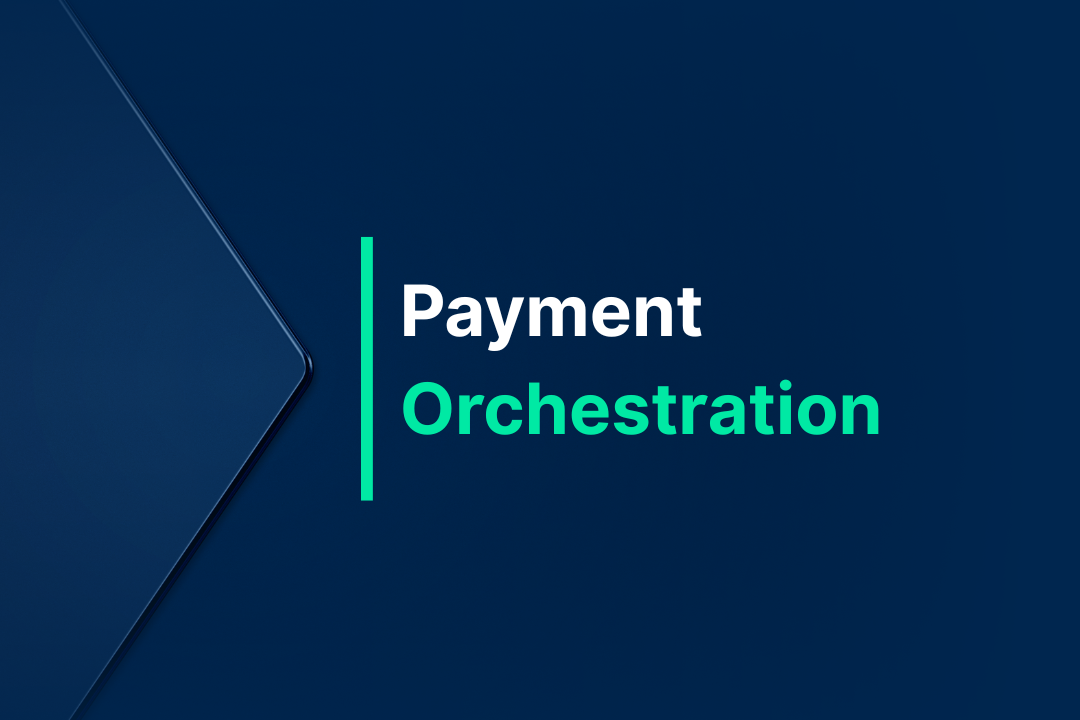Payment Orchestration
Learn how payment orchestration simplifies transactions, optimizes costs, boosts success rates, and enhances the customer experience.

- Remove the current class from the content27_link item as Webflows native current state will automatically be applied.
- To add interactions which automatically expand and collapse sections in the table of contents select the content27_h-trigger element, add an element trigger and select Mouse click (tap)
- For the 1st click select the custom animation Content 27 table of contents [Expand] and for the 2nd click select the custom animation Content 27 table of contents [Collapse].
- In the Trigger Settings, deselect all checkboxes other than Desktop and above. This disables the interaction on tablet and below to prevent bugs when scrolling.
In today’s fast-evolving digital economy, businesses must deliver seamless, secure, and flexible payment experiences to remain competitive. One key technology that enables this is payment orchestration. This innovative approach optimizes payment processing by streamlining and automating transactions across multiple payment providers and methods. In this article, we’ll explore what payment orchestration is and the key benefits it offers to businesses.
What Is Payment Orchestration?
Payment orchestration refers to the intelligent management of payment transactions through a unified platform that connects businesses to multiple payment service providers (PSPs), acquiring banks, and alternative payment methods. Unlike traditional payment processing that relies on a single provider, a payment orchestration platform (POP) acts as a middleware layer, dynamically routing transactions to the best available option based on predefined rules and real-time analysis.
How Payment Orchestration Works
A payment orchestration platform integrates various payment services and provides businesses with a centralized dashboard to manage transactions. The process typically involves:
- Transaction Initiation – A customer initiates a payment on the business’s website or app.
- Smart Routing – The orchestration platform automatically selects the most efficient payment provider based on factors like success rates, fees, and regional availability.
- Fraud Prevention & Security – Integrated fraud detection tools analyze transactions for risks and ensure compliance with security standards (e.g., PCI DSS, 3D Secure, tokenization).
- Authorization & Settlement – The chosen payment provider processes the transaction and returns an approval or decline response.
- Reconciliation & Reporting – Businesses receive real-time data insights on transactions, helping them optimize payment strategies.
Key Benefits of Payment Orchestration for Businesses
1. Increased Payment Success Rates
By dynamically routing transactions to the best-performing payment provider, payment orchestration reduces failed payments, leading to higher conversion rates and revenue growth.
2. Cost Optimization
Businesses can optimize transaction costs by choosing the most cost-effective payment provider per transaction. Smart routing ensures that payments are processed through providers with lower fees, reducing operational expenses.
3. Improved Global Reach
With access to multiple PSPs and alternative payment methods, businesses can offer local payment options in different countries, ensuring a seamless experience for international customers and increasing market expansion opportunities.
4. Better Fraud Management & Security
Payment orchestration platforms incorporate advanced fraud detection and security measures, reducing the risk of chargebacks and fraudulent transactions. Features like AI-driven risk analysis and multi-factor authentication enhance payment security.
5. Seamless Customer Experience
Faster, frictionless payments improve user satisfaction and reduce cart abandonment. Customers can pay using their preferred payment methods, enhancing their overall experience.
6. Greater Business Flexibility & Scalability
Businesses can quickly adapt to market changes by integrating new payment providers and methods without heavy development efforts. This scalability is particularly beneficial for rapidly growing eCommerce businesses and subscription-based models.
7. Centralized Reporting & Analytics
A single dashboard consolidates transaction data from multiple payment providers, offering valuable insights into payment trends, customer behavior, and performance metrics. This helps businesses make data-driven decisions to optimize their payment strategies.
Payment orchestration is revolutionizing how businesses handle online transactions by providing flexibility, cost savings, and enhanced security. By leveraging a robust payment orchestration platform, companies can optimize their payment processes, expand globally, and enhance customer satisfaction. As digital commerce continues to evolve, adopting payment orchestration will be a crucial step toward staying competitive in the market.
For businesses looking to streamline their payment systems, investing in a payment orchestration solution is a game-changer that ensures efficiency, scalability, and higher profitability.
